
Plymouth, Massachusetts
Plymouth, Massachusetts, has a lot of history to explore, and it was a fascinating experience. Situated 40 miles south of Boston and 32 miles north of New Bedford, Plymouth is known as “America’s Hometown.” Despite the windy conditions, the day was delightful. As I gazed out at the chilly and breezy Atlantic coastline, I couldn’t help but ponder why the pilgrims chose this particular spot on Cape Cod Bay and when they first arrived.
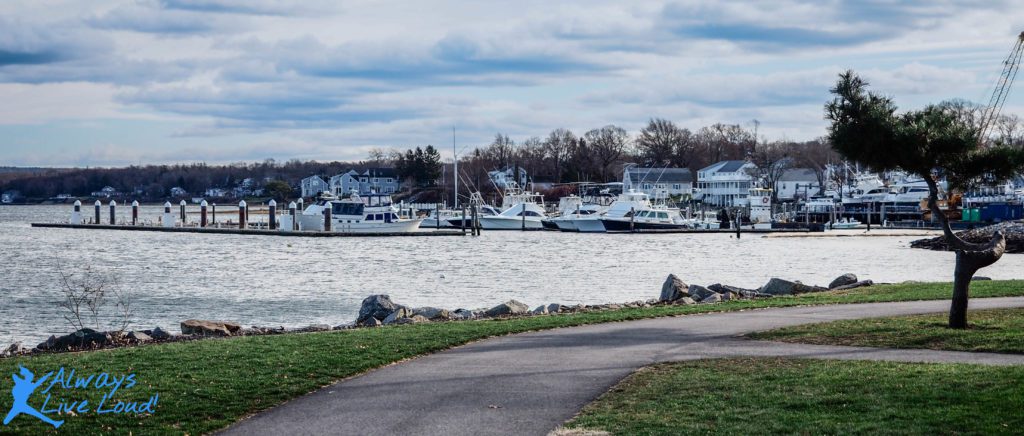
The beauty of Plymouth Harbor is evident even in winter. In the summer, it must be a bustling scene with numerous boats coming in and out of the marina and people enjoying their vacations. However, it was a different story during the seventeenth century, with no nearby trees or shelter and threats from natives. One can only imagine the challenges faced by the settlers during that time.
Pilgrim Memorial State Park
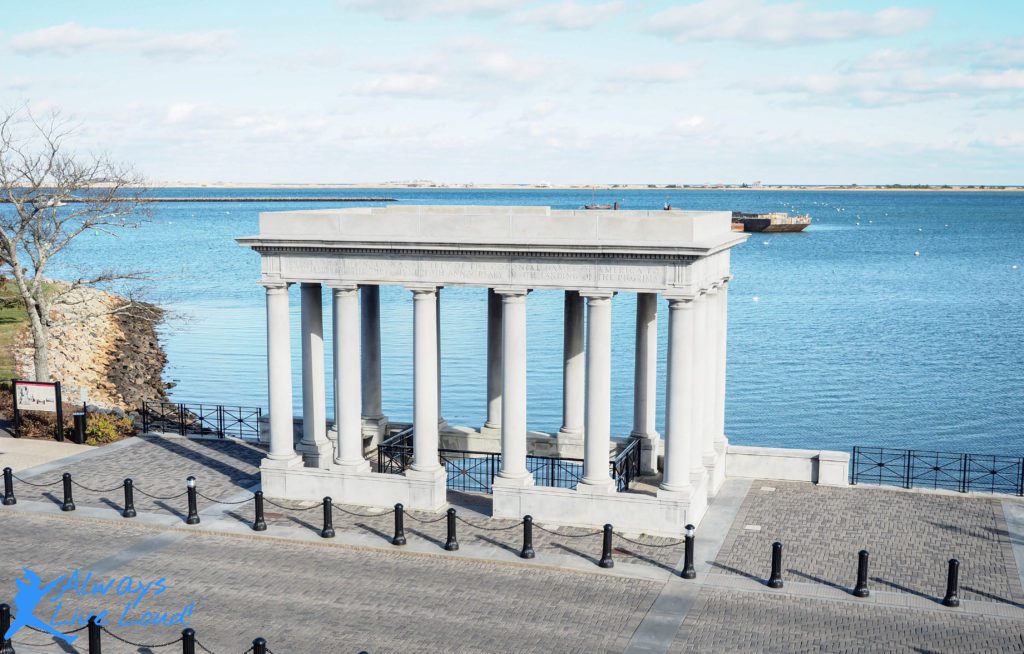
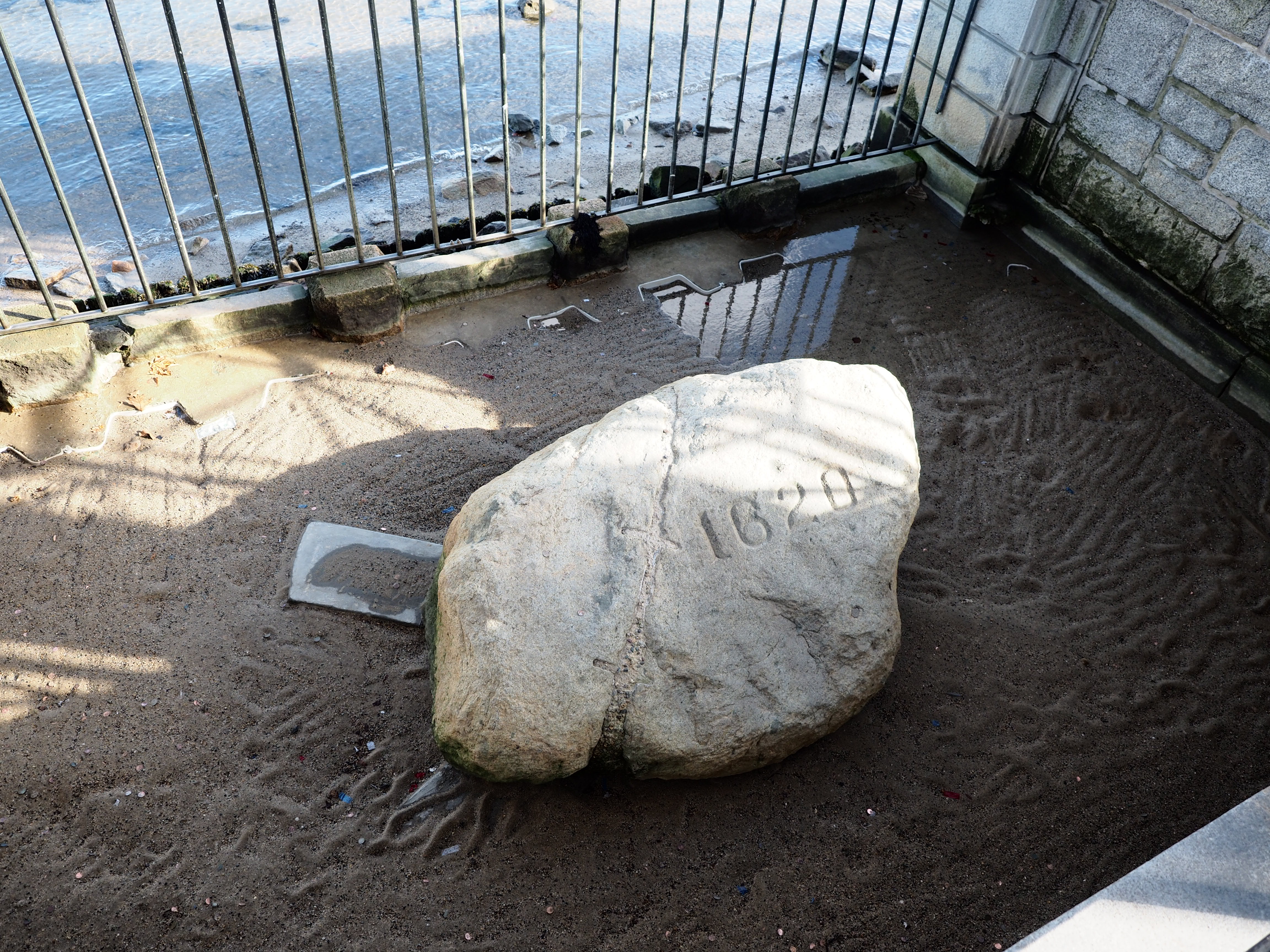
While visiting Pilgrim Memorial State Park, we took a moment to admire Plymouth Rock. The rock sits beneath a portico built in 1920, which bears an engraving of the date 1620. Although it is thought to be the stepping stone used by the Pilgrims as they arrived from the Mayflower and started the Plymouth colony, there is no concrete historical evidence to confirm this belief.
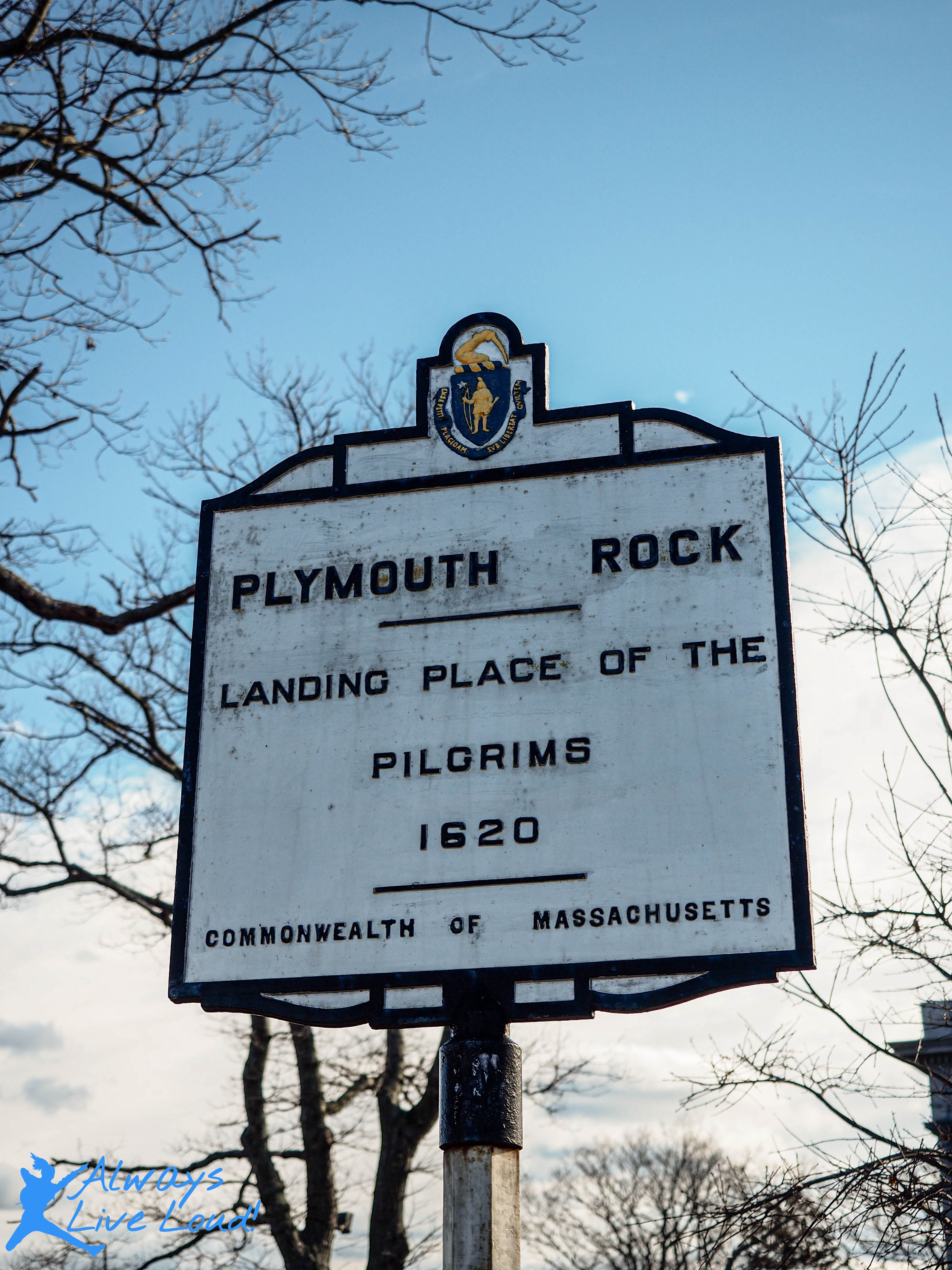
It is difficult to comprehend the feelings of those who disembarked in December with limited possessions and livestock after an arduous 66-day voyage across the Atlantic. Remarkably, they were not survivalists or experienced travelers but ordinary city dwellers.
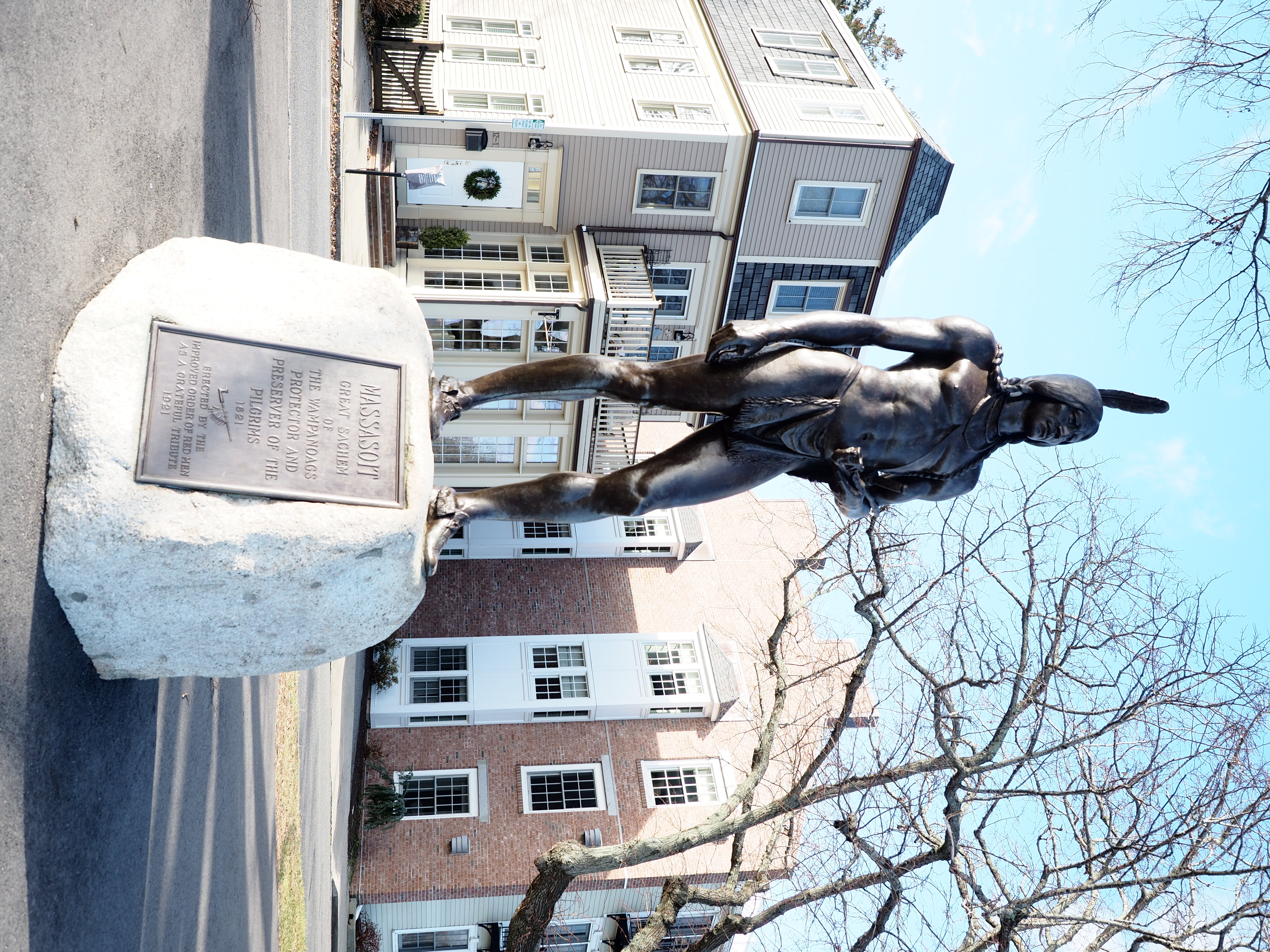
Governor William Bradford played a crucial role in establishing and forming England’s first-ever permanent colony in Plymouth, Massachusetts. Although not initially chosen by the pilgrims to assume the position of governor, he took over the responsibility after the death of the elected governor, John Carver, shortly after the arrival of the Mayflower.
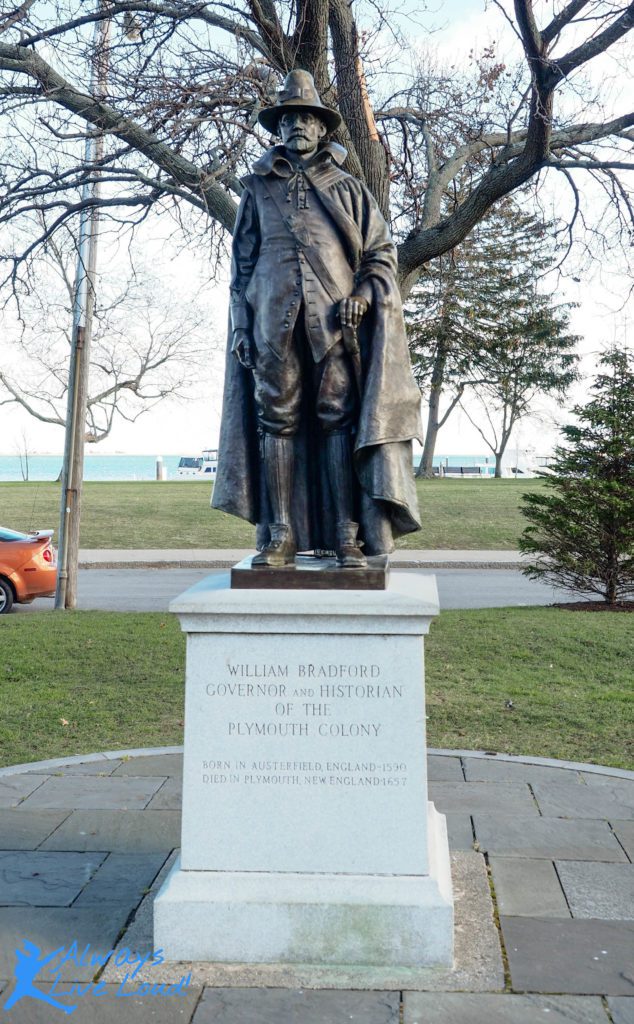
William governed for several years and played a crucial role in establishing a trusting relationship with the Native Americans.
The person has been through a mind-blowing journey, and if you want to know more, I recommend his book “William Bradford of Plymouth Plantation.”
I recently read about William Bradford of Plymouth Plantation and learned about Chief Massasoit’s important role in the success of the Mayflower Pilgrims. Upon researching more, I discovered that the Chief of the Wampanoag tribe was described as a friendly indigenous person who came to aid the starving Pilgrims and joined them. This is now considered a significant moment in history.
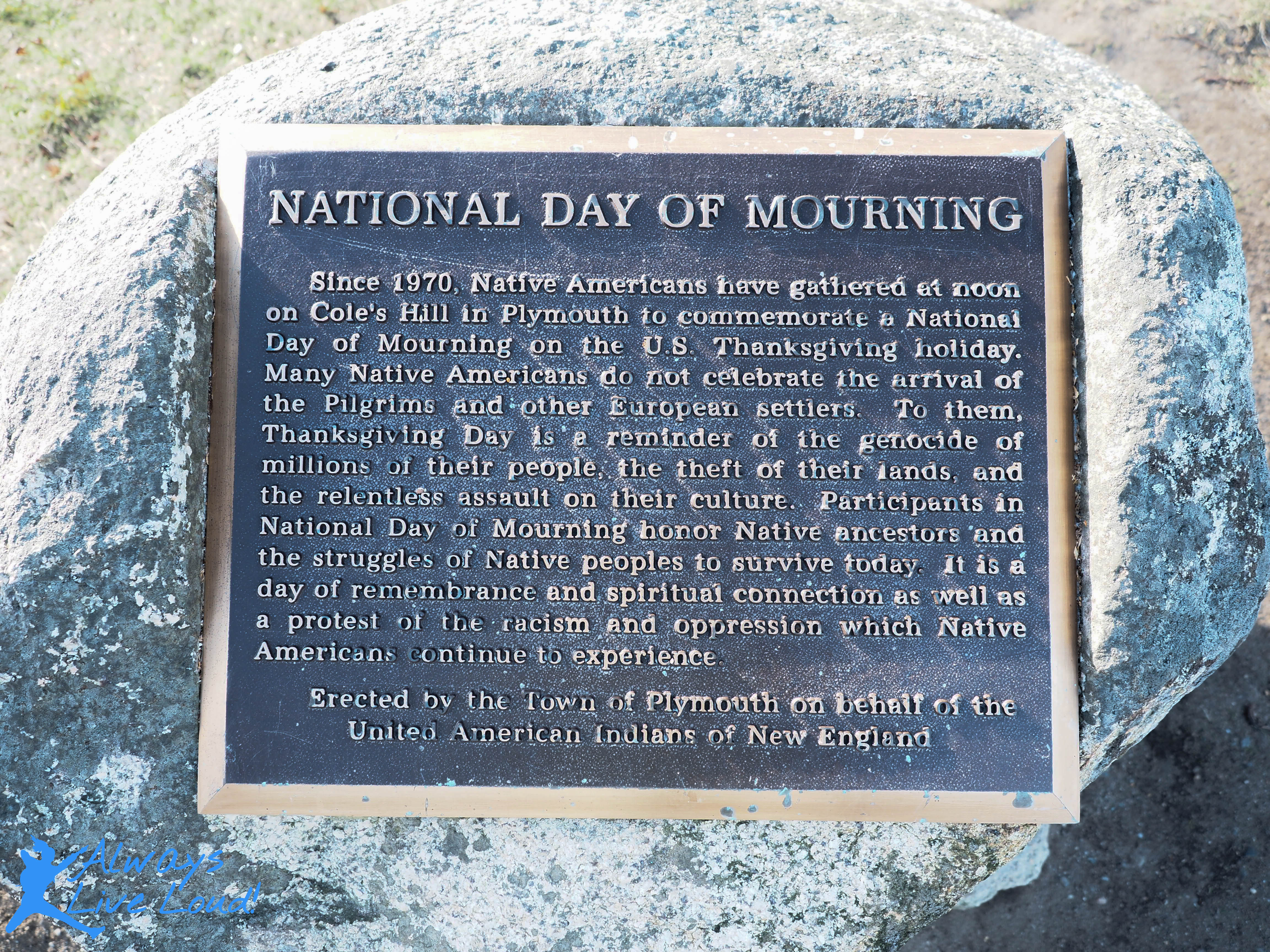
Next to Chief Massasoit, there is a National Day of Mourning commemoration.
Coles Hill Burial Ground
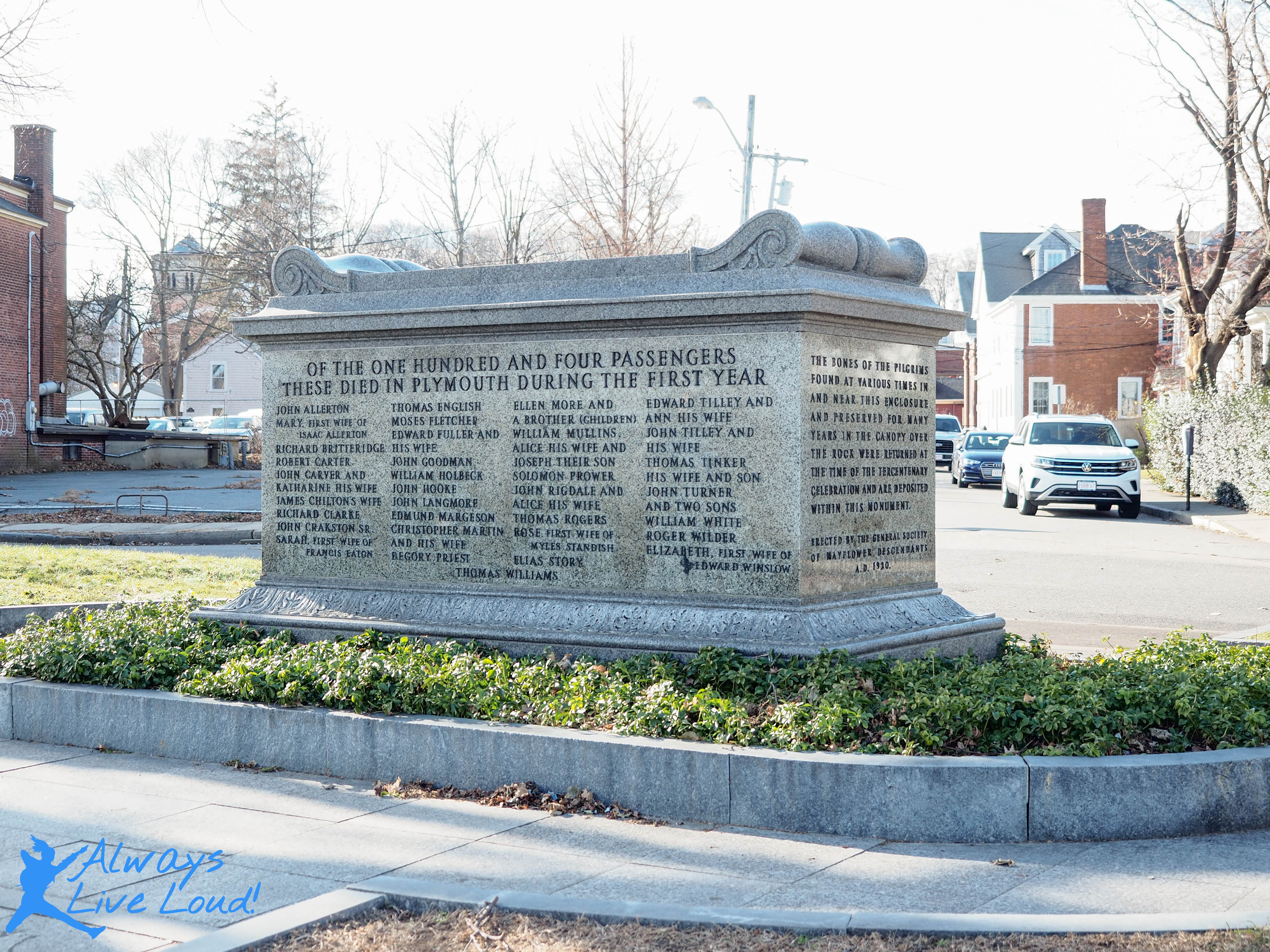
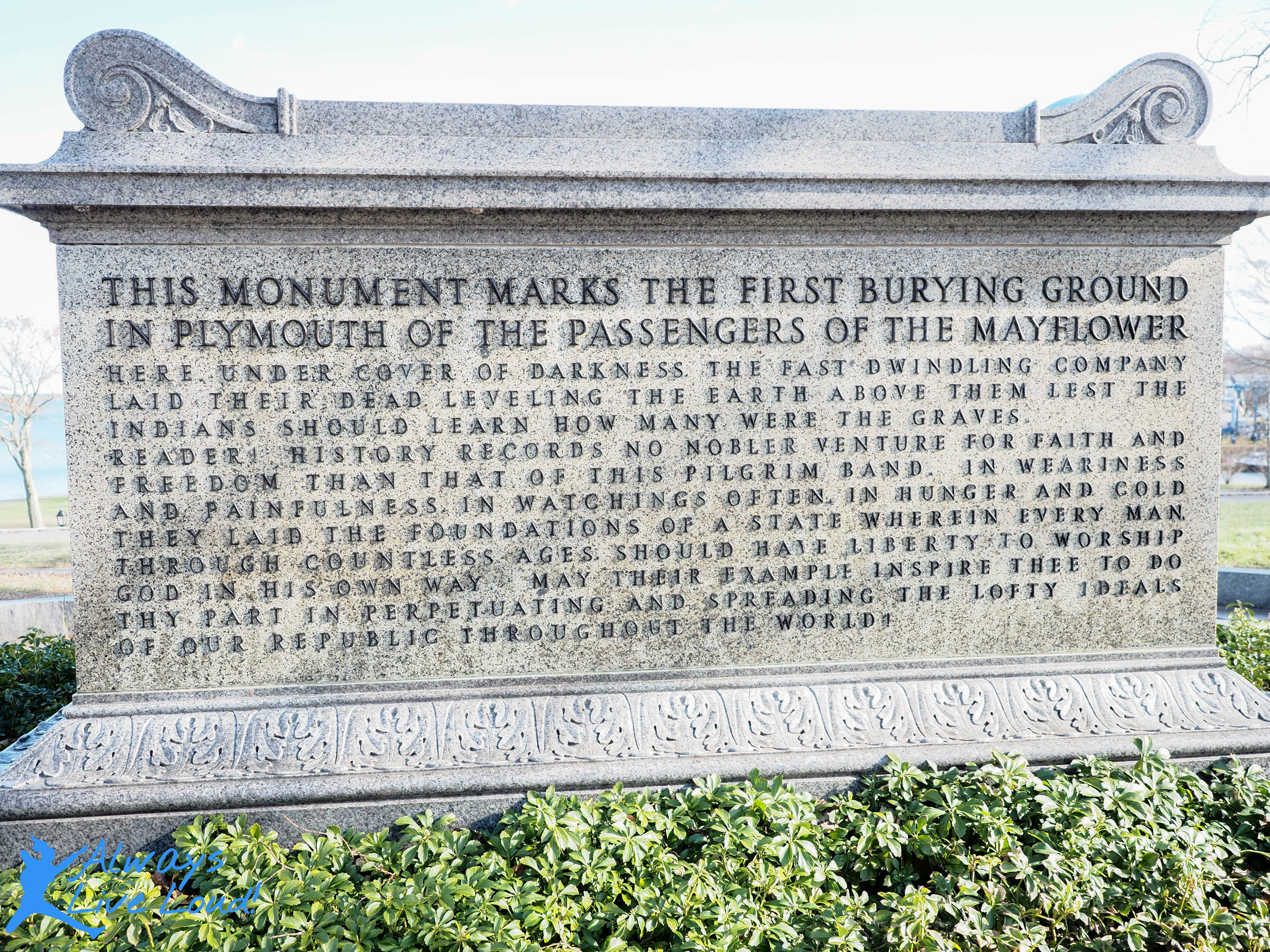
On our journey ahead, we cannot miss the Pilgrim Remains Monument, which has been a site of bone collection at various times, situated adjacent to Plymouth Rock. This location stands as a memorial to pay tribute to the bravery, resilience, and audacity of those who strived to commence a fresh life, liberated from their past.
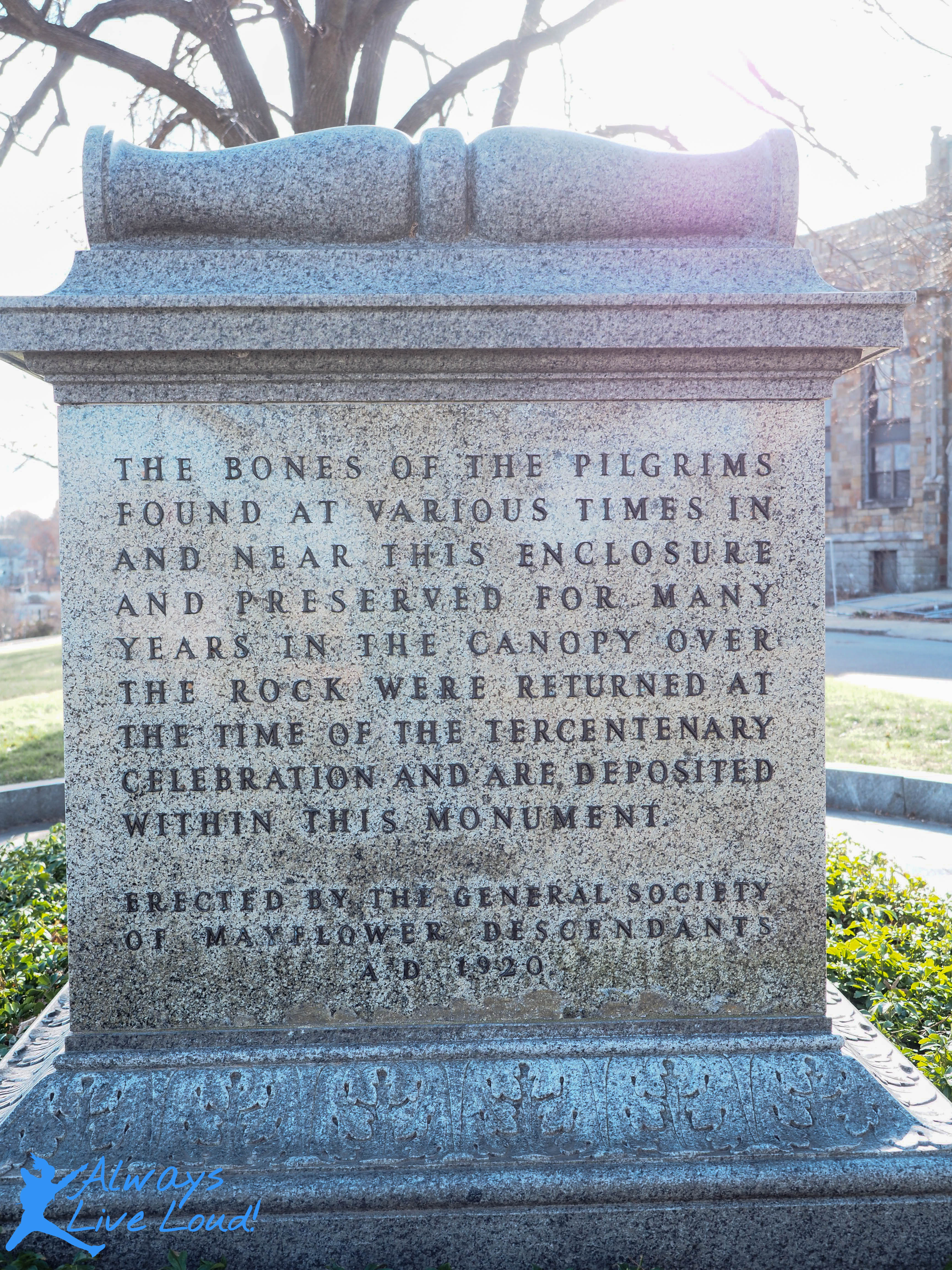
“About a hundred soles came over in this first ship and began this work which God of his goodness hath hitherto blessed et his holy name has ye praise”
-Bradford, 1650.
Plimoth Living Plantation Museum
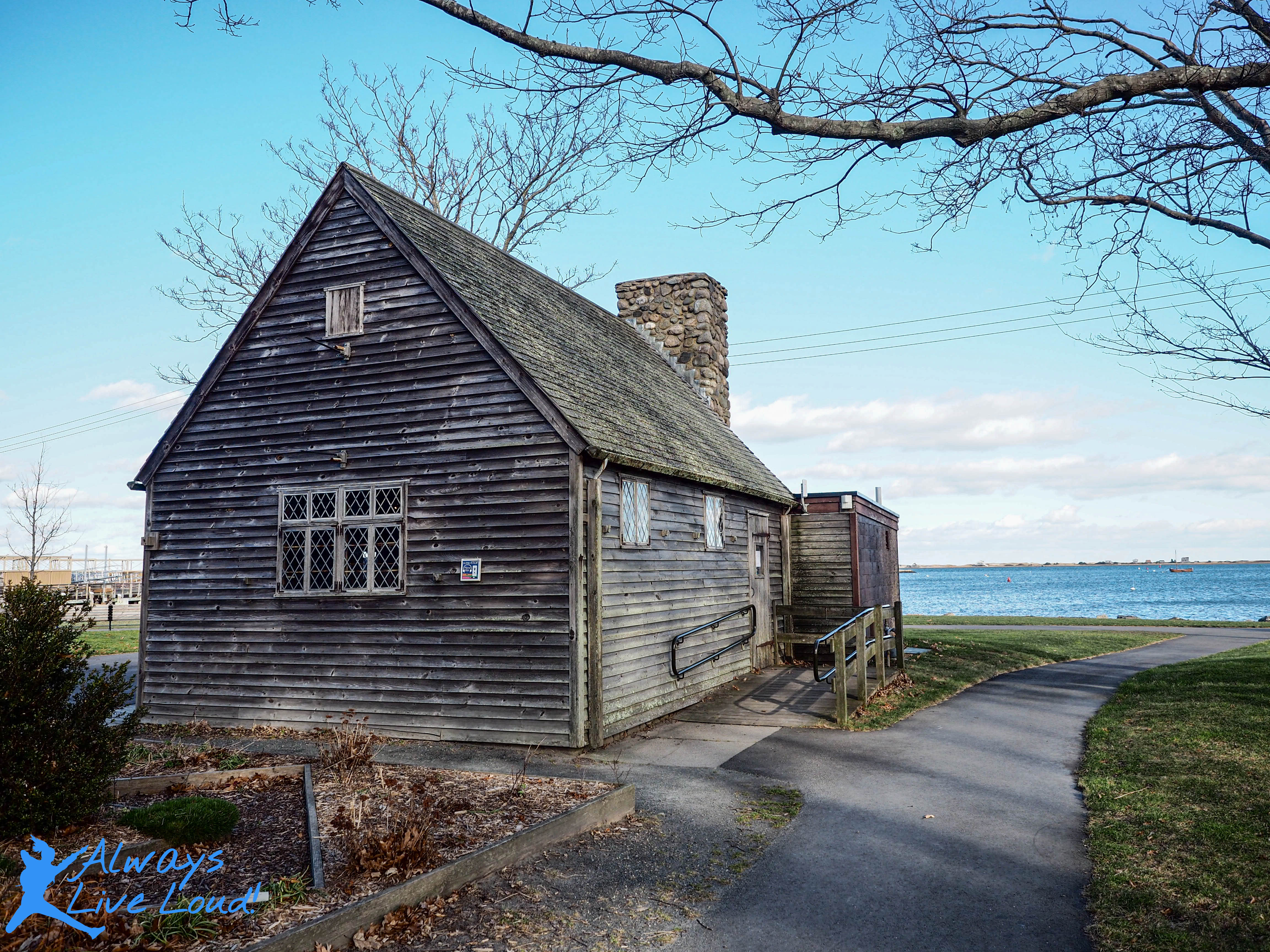
Regrettably, the Mayflower was located in Connecticut. We could only see the Mayflower Museum. A typical Pilgrim house.
Visiting the Plimoth Patuxet Museums and imagining the Pilgrims’ challenging and perilous life was a remarkable experience.
Plimoth Plantation, established in 1947, is a living history museum located in Plymouth, Massachusetts. Its main goal is to faithfully recreate the Plymouth Colony’s original settlement, founded in the 17th century by the English colonists, known as the Pilgrims.
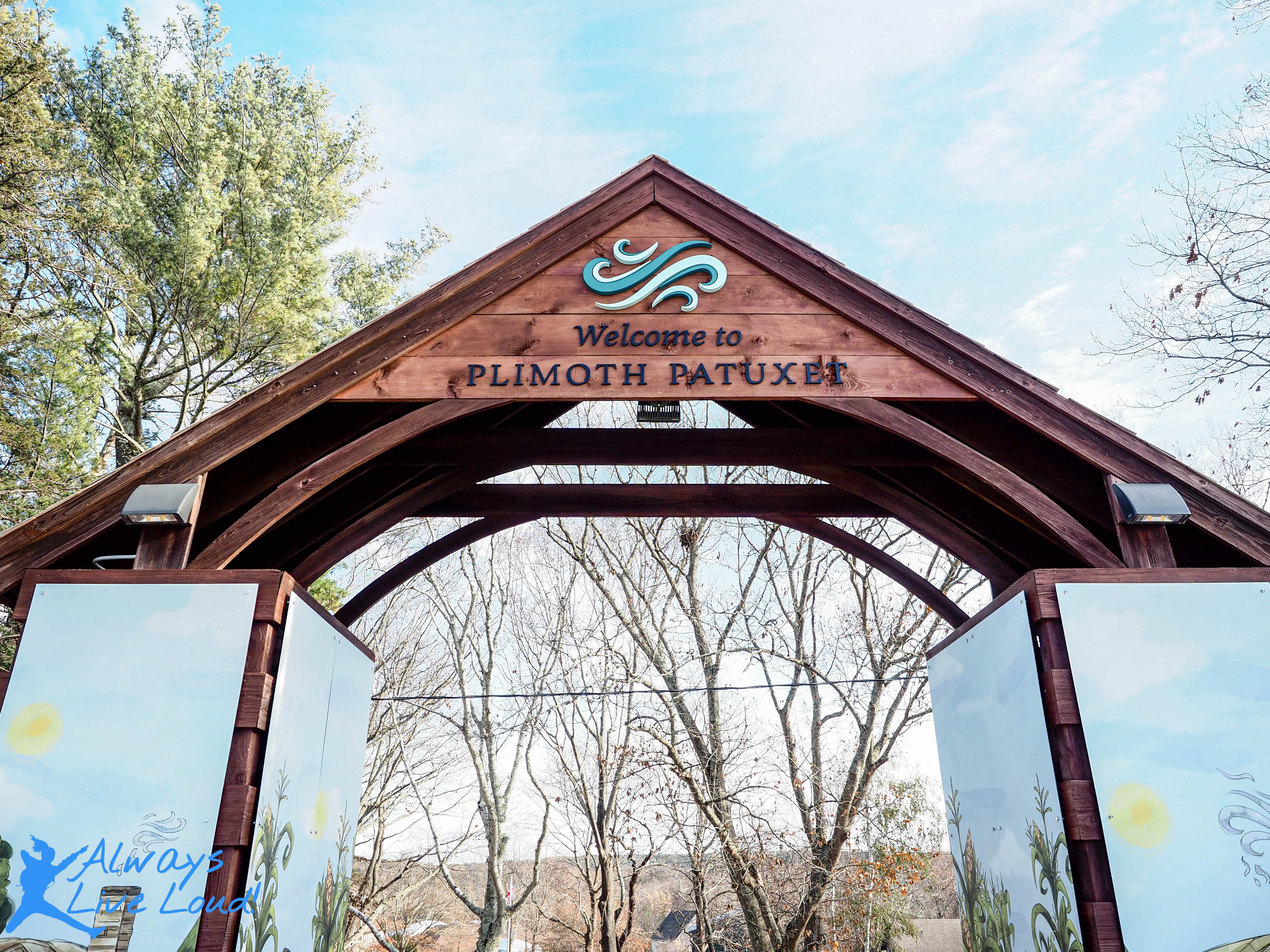
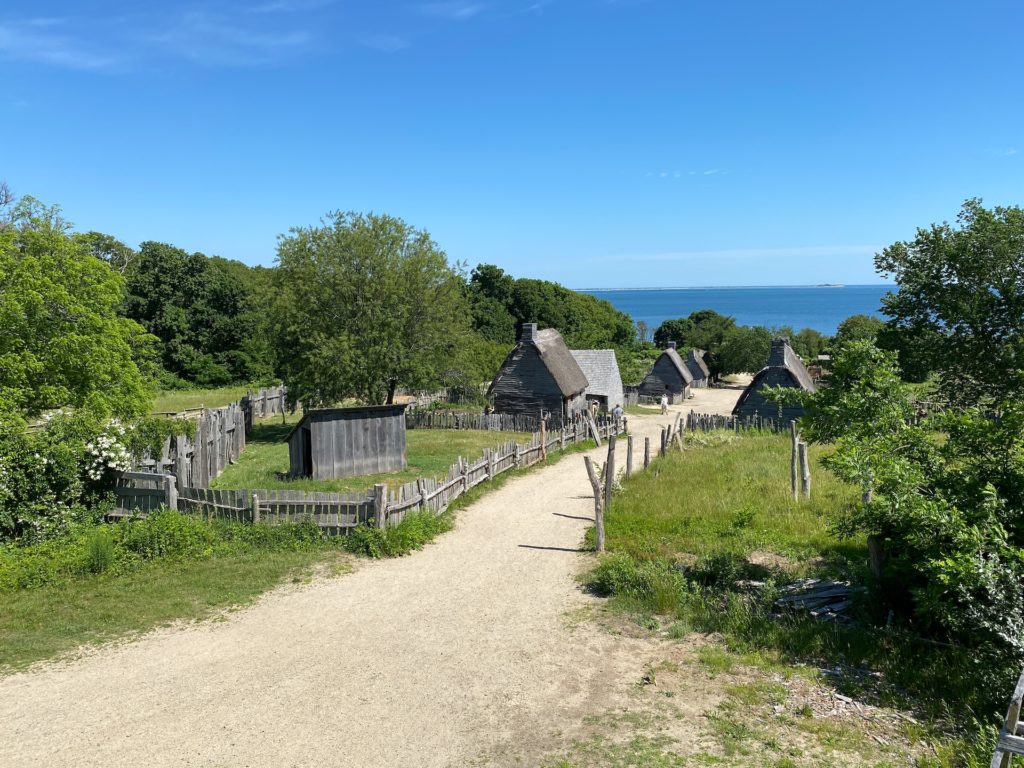
Step back in time and immerse yourself in the early days of Plymouth Colony with this incredibly authentic recreation.
Featuring impeccably furnished timber-framed houses complete with replicas of the Pilgrims’ personal belongings, as well as delightful kitchen gardens and heritage breed livestock, this experience is the epitome of historical accuracy.
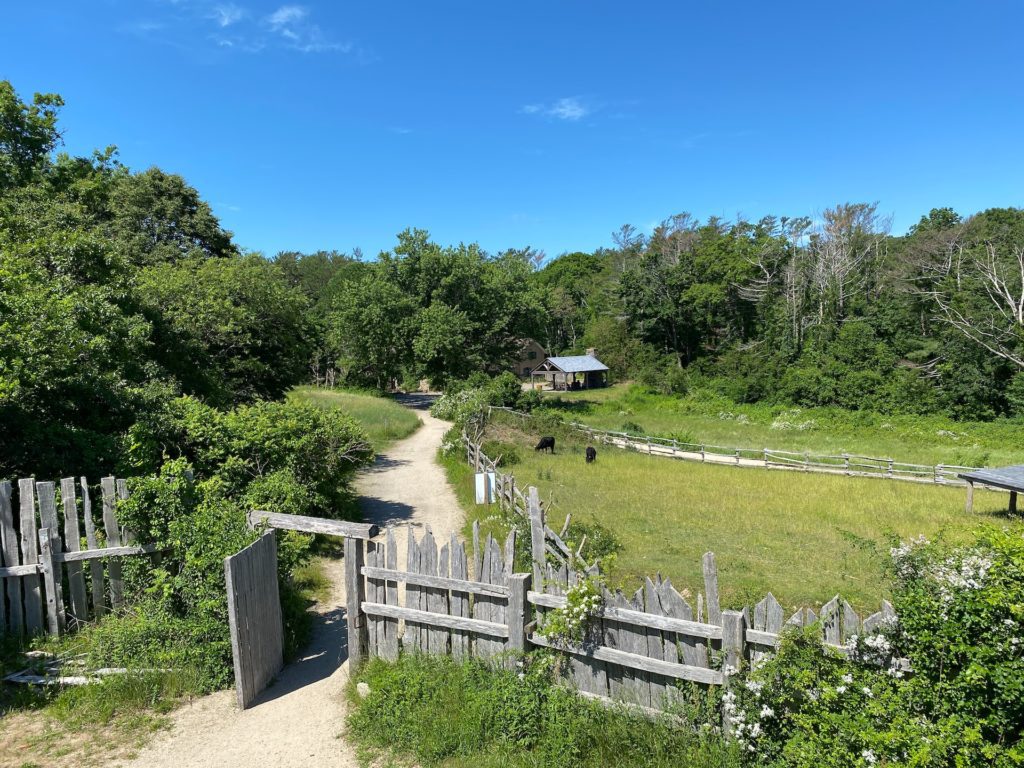
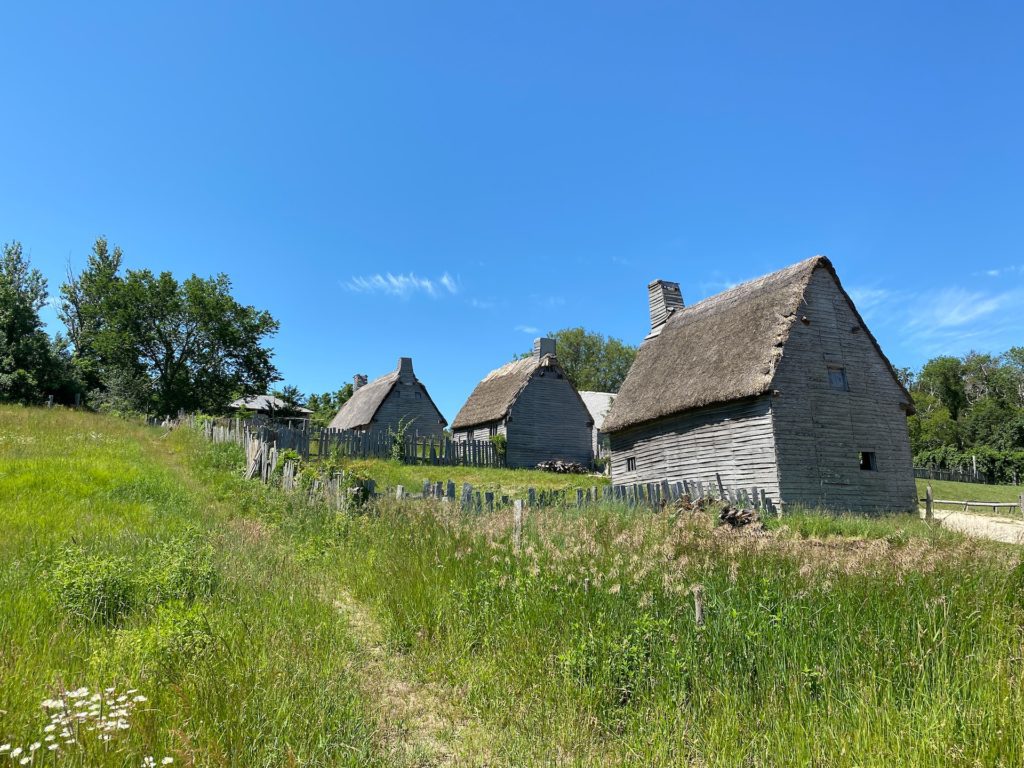
Take some time to explore, as it is certainly worth the effort.
When encountering an individual in historical attire at Plymouth Colony, they represent a genuine inhabitant from that era. They will speak of past events and daily life as though they are unfolding in the present, imparting their aspirations, anxieties, and perspectives.
Did you know an interesting fact about the Pilgrims?
When Bradford and the other settlers arrived at Plymouth, they were called separatists because they had separated from the Church of England. They first fled to the Netherlands and eventually settled in the New World. It wasn’t until the 19th century that they became known as the Pilgrims. When they landed in Plymouth, they were called the “first-comers” or the “forefathers.”
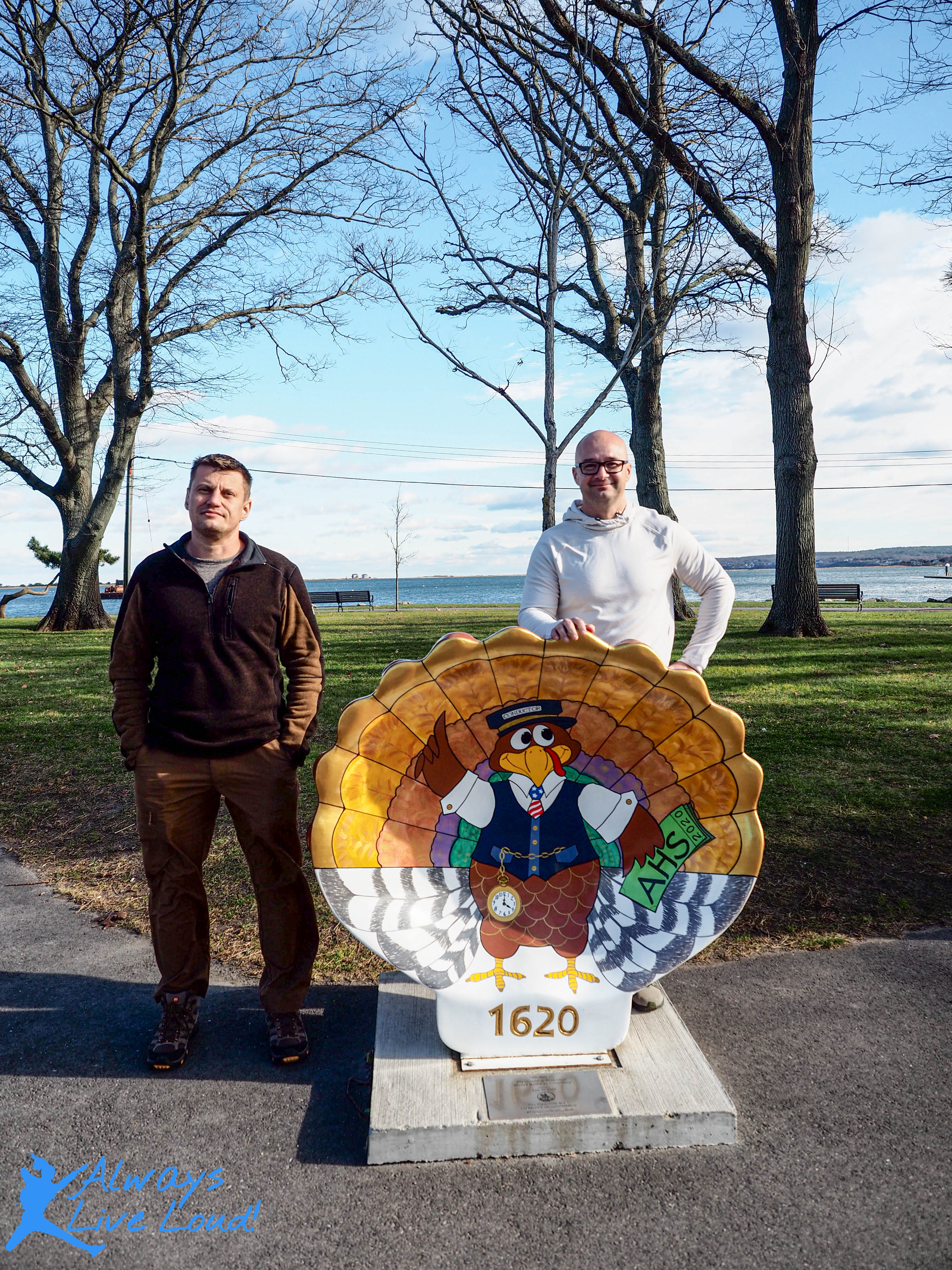
I found my visit to Plymouth, Massachusetts, enthralling because of my love for history. Exploring the Plimoth Museum and stepping back in time was a truly captivating experience that allowed my imagination to soar.
Despite the chilly weather, we took pleasure in strolling through the site where the initial 100 pilgrims settled and resided. It’s fascinating to picture what life would have been like during that era. These individuals arrived with the goal of escaping religious persecution from the Church of England, as they believed it violated authentic Christian principles. Their bravery and determination kickstarted a new chapter in human history.

